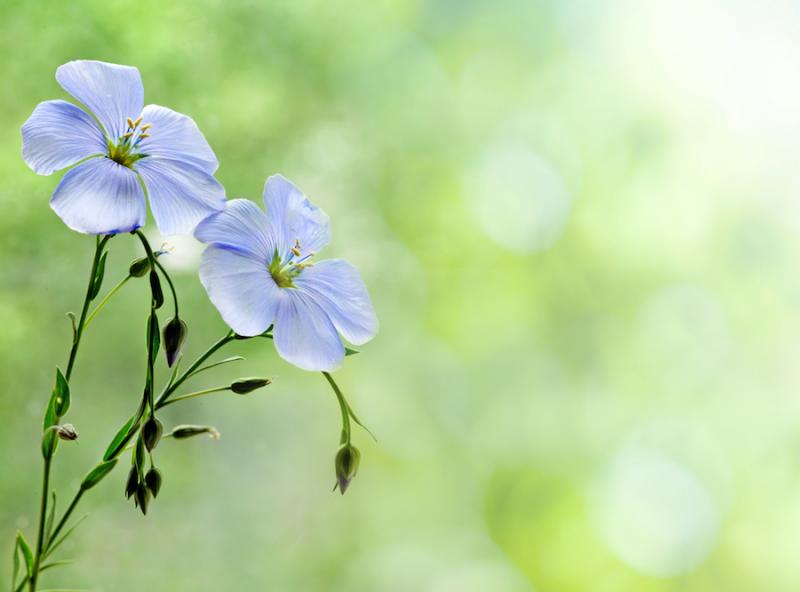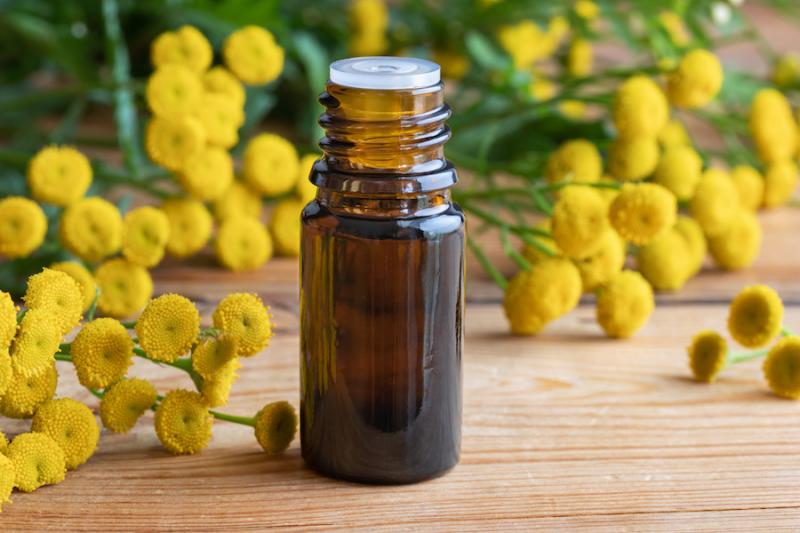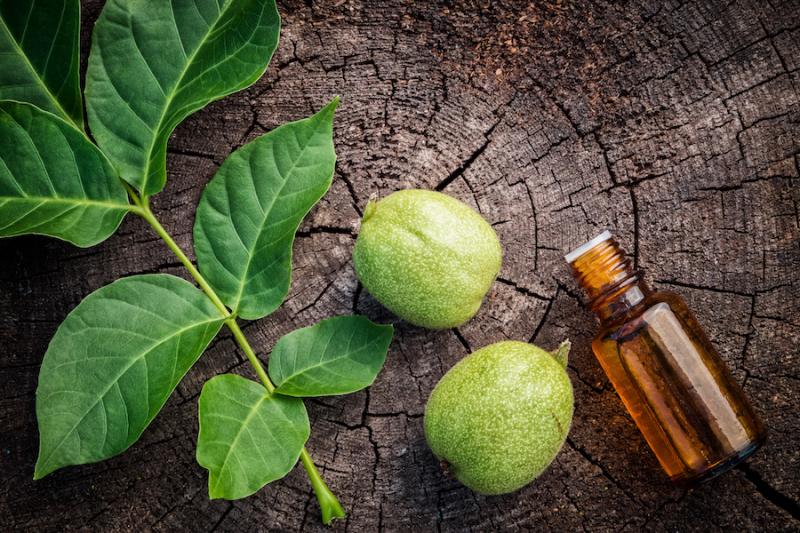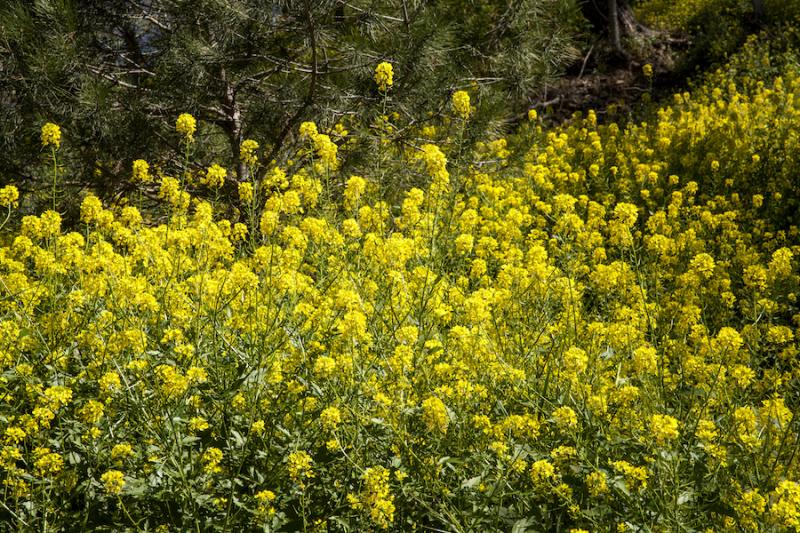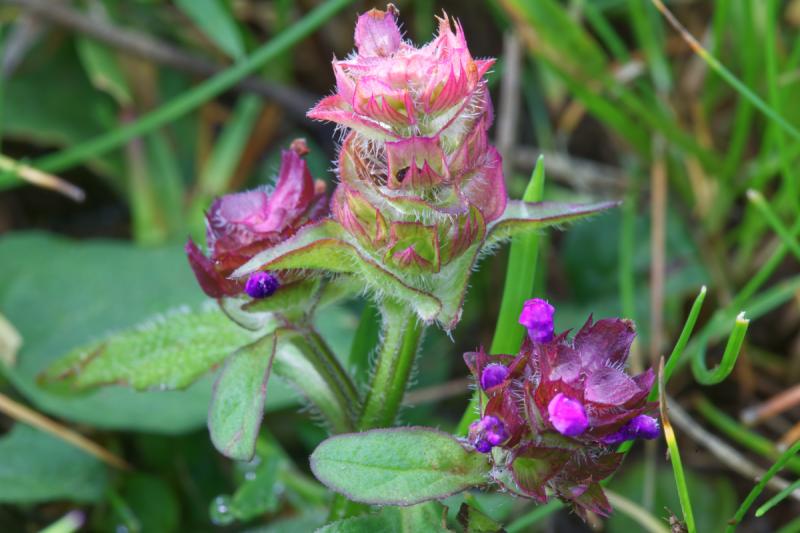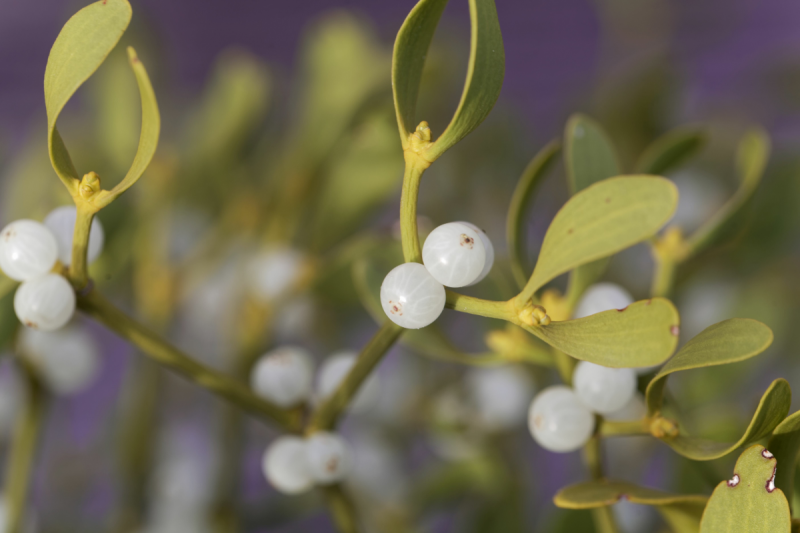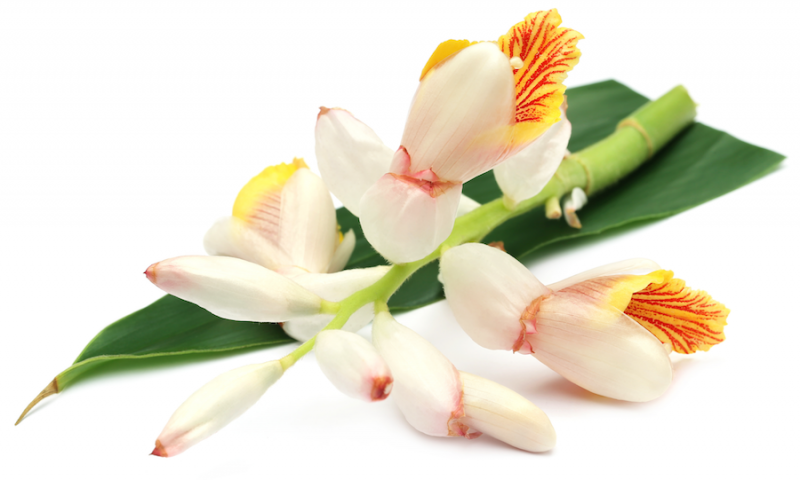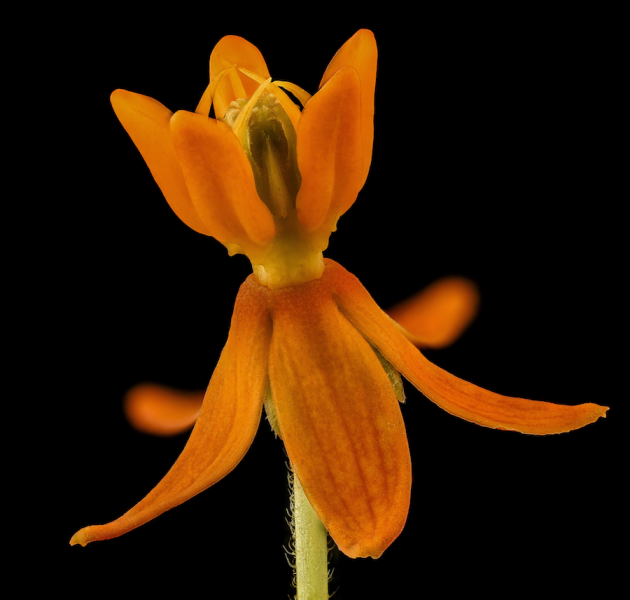- February 8, 2022
The Many Benefits of Flax
Flax (Linum usitatissimum) is a beautiful plant, with tall, thin stalks that bear delicate blue to violet flowers. A field of flax in bloom is an amazing sight. But flax is also an extremely useful plant, which has played a variety of roles in many cultures for about 5,000 years. Flax stalks contain a fiber that is used to make linen. Linen is strong, absorbent, and dries faster than cotton, which allowed for the creation of comfortable clothes for hot weather. Linen is mentioned in the Bible as…
- February 1, 2022
Tansy
Although I'm willing to give new things a try, it takes evidence and experience for me to confidently recommend something to others. I started experimenting with flower essences in the late 1980s and although I got good results with them, at first I wasn’t sure how much of it was placebo effect and how much was actually the effect of the remedy. An experience with tansy flower essence was one of the things that convinced me that flower essences had a real effect. Tansy (Tanacetum vulgare) has…
- January 25, 2022
Black Walnut
Black walnut is a remedy for physical and emotional parasites, infections, thyroid problems, leaky gut, fibromyalgia, and more.
- January 18, 2022
Mustard is More Than a Condiment
I’m sure that just about everyone has some form of mustard in their fridge or pantry. Along with mayonnaise and ketchup, mustard is one of the most popular condiments in America. And while you probably have mustard on hand, you might not be aware of its medicinal properties. Like the other members of the mustard family (Brassicaceae), such as horseradish and wasabi, mustard is a sulfurous plant. The sulfur compounds in plants like mustard give them their pungent taste. Sulfur compounds are also…
- January 11, 2022
Increase Your Capacity to Heal with Self-Heal
As much as I love taking people on herb walks, most classes I’ve taught have been in hotel rooms. This is why I've always enjoyed it when I’ve been able to go outside during the lunch break and do a mini herb walk on the hotel grounds. We typically find plants like dandelions, red clover, plantain, yarrow, and self-heal. Self-heal, also known as heal-all, is an herb that I think more people should be familiar with. Self-heal (Prunella vulgaris) is a member of the mint family that is native to…
- January 4, 2022
European Mistletoe
My first medicinal encounter with mistletoe was from the midwife who assisted in delivering my four children. She kept the remedy in her midwifery supplies to use as an agent to stimulate oxytocin, which causes uterine contractions. Although it can be used during labor to strengthen contractions, soften the cervix, and ease pain, I’ve never used it for that purpose. In fact, for many years, I avoided using or even learning about mistletoe. I knew the berries are poisonous and that the leaves,…
- December 28, 2021
Cardamom
One of the oldest known spices, the use of cardamom goes back to ancient Egypt. In spite of this, many Americans aren’t very familiar with this spice, something I hope to remedy in this article. Cardamom is aromatic and slightly pungent and sweet, with a warming energy. It’s a member of the ginger family, Zingiberaceae. The family name provides a nice clue to the basic effect that cardamom and ginger share. They both add a little zing to your energy. The fragrance of cardamom is associated with…
- December 21, 2021
The Specific Power of Pleurisy Root
Pleurisy is a disease caused by an inflammation of the pleura, the lining of the chest cavity and lungs. Normally when breathing in and out, the lungs slide smoothly along the slick surface of the pleura. When these tissues become inflamed, the lungs catch and don't glide smoothly causing pain and difficulty breathing. If you’ve ever had pleurisy, you know how painful it is. Pleurisy root is one of the few herbs that I think of as a specific. A specific is a remedy that is extremely helpful for…

